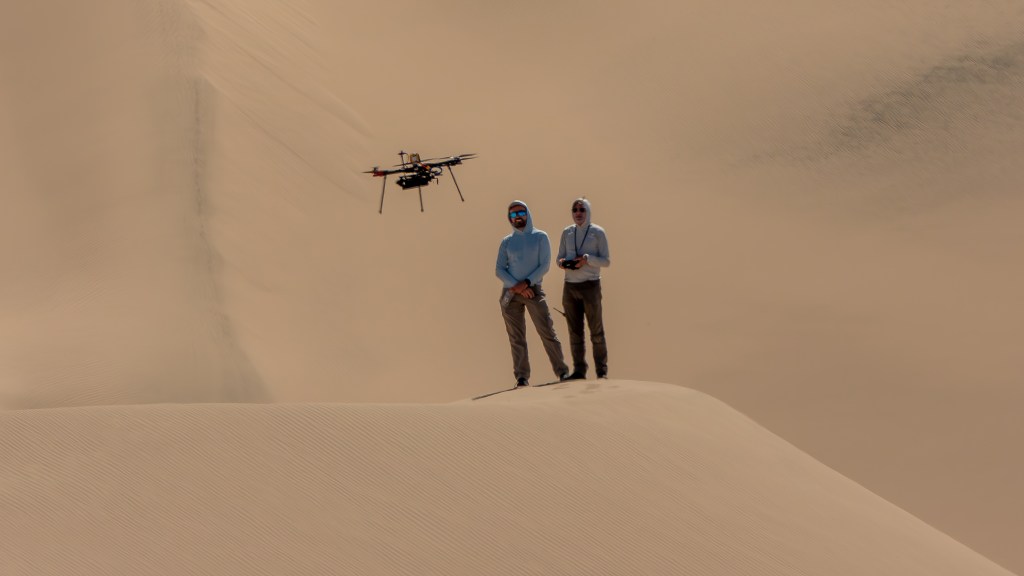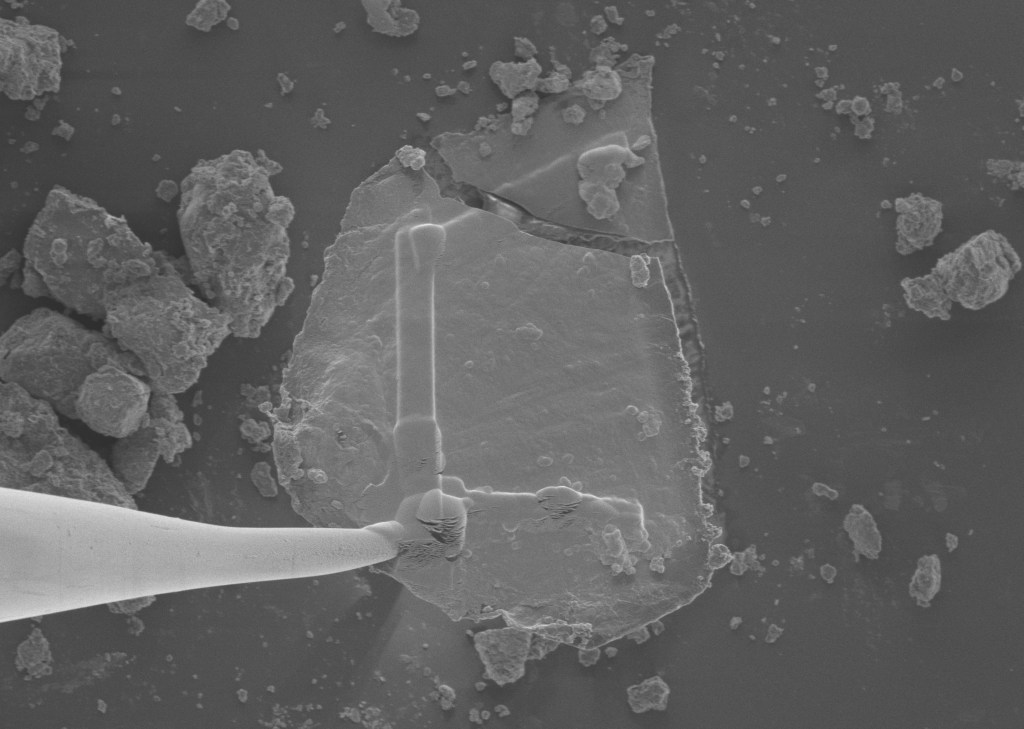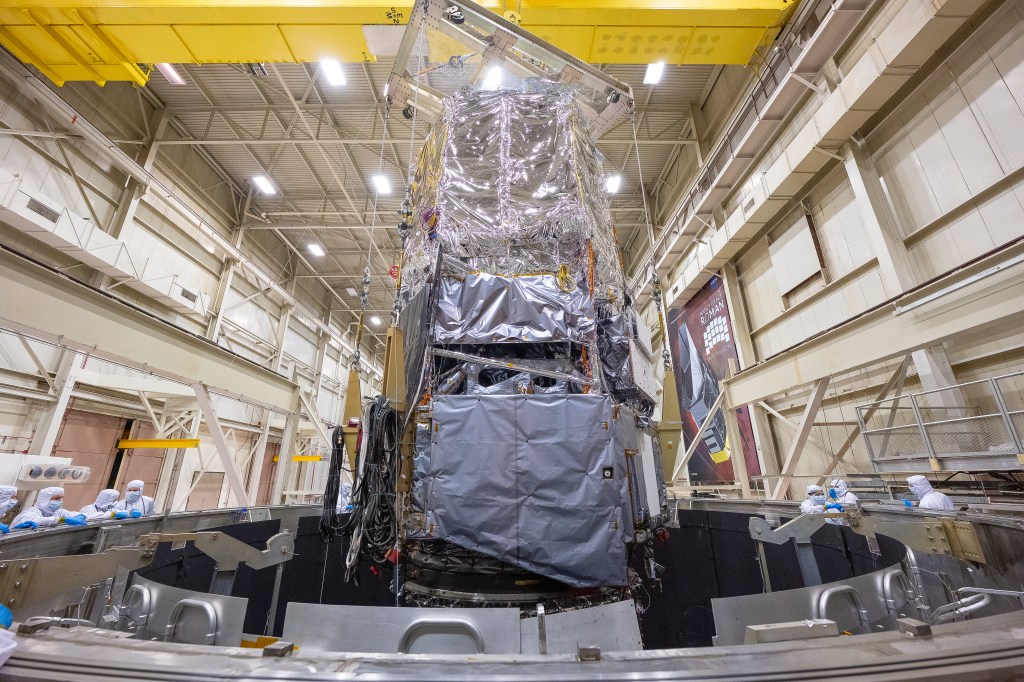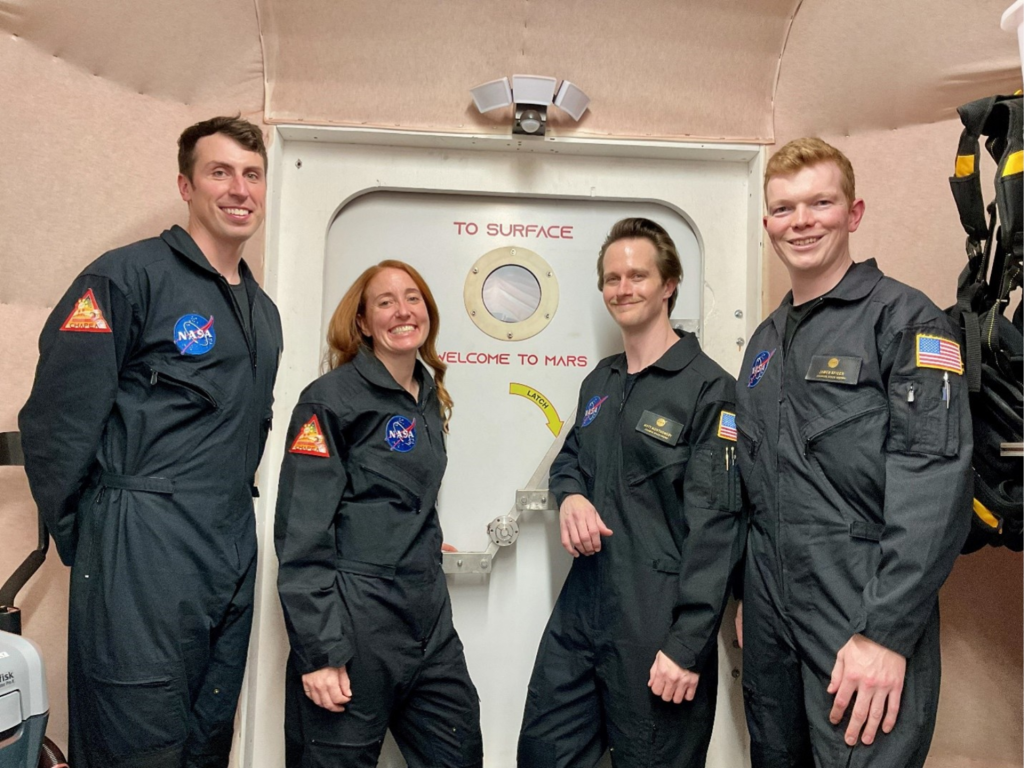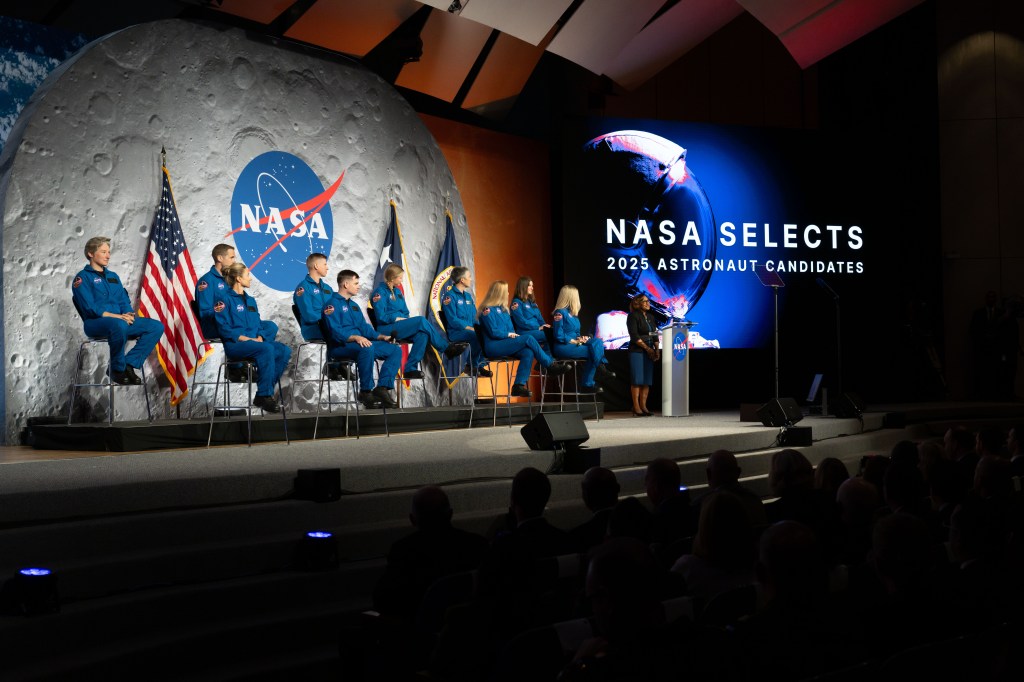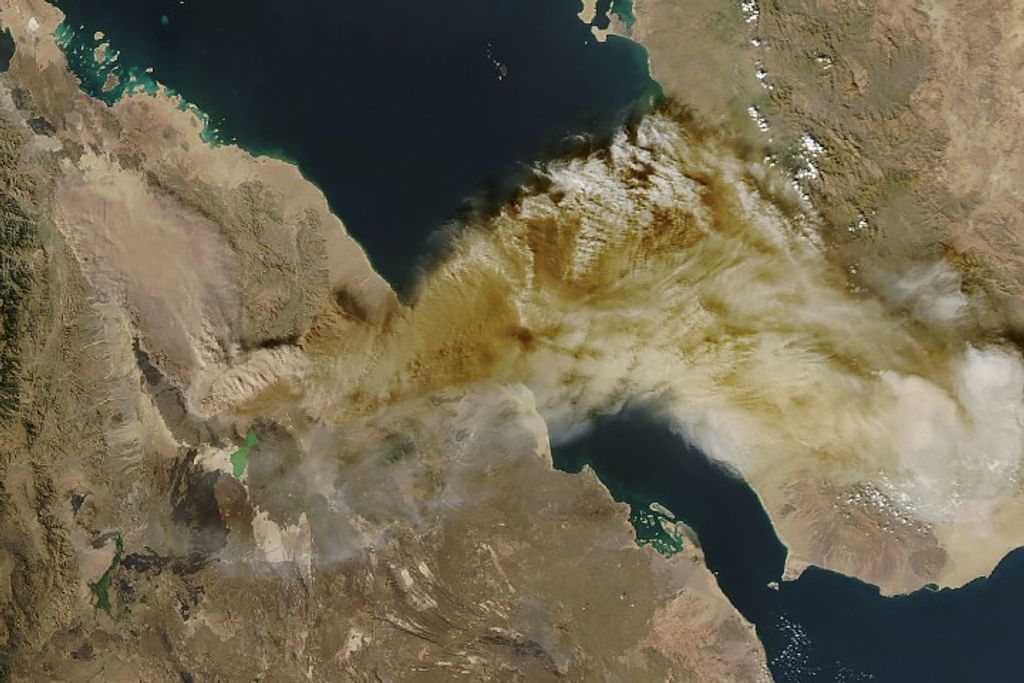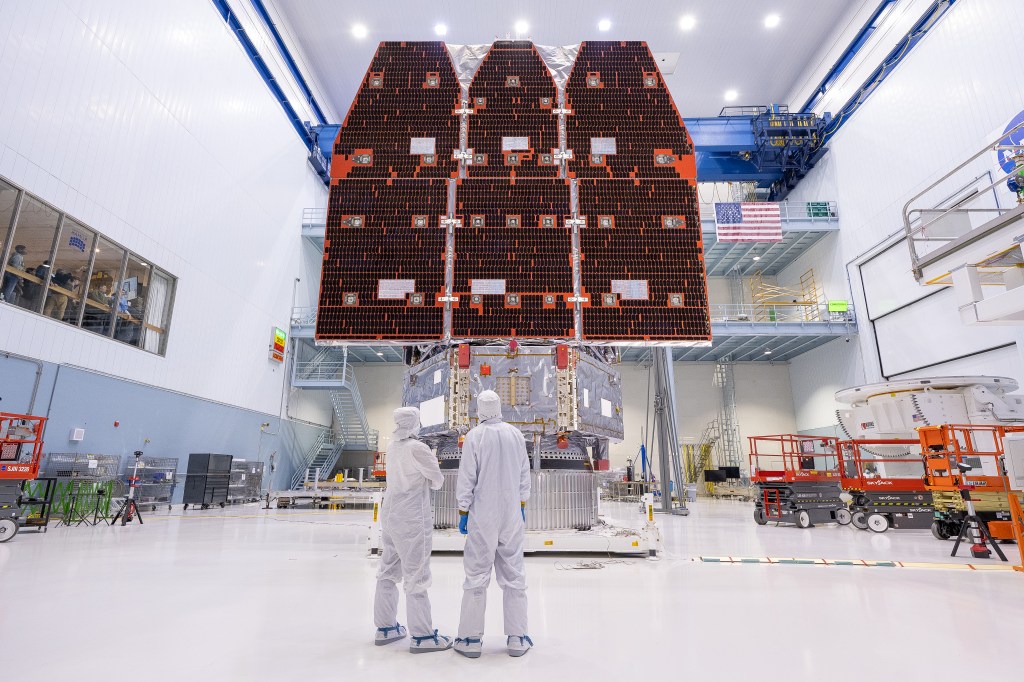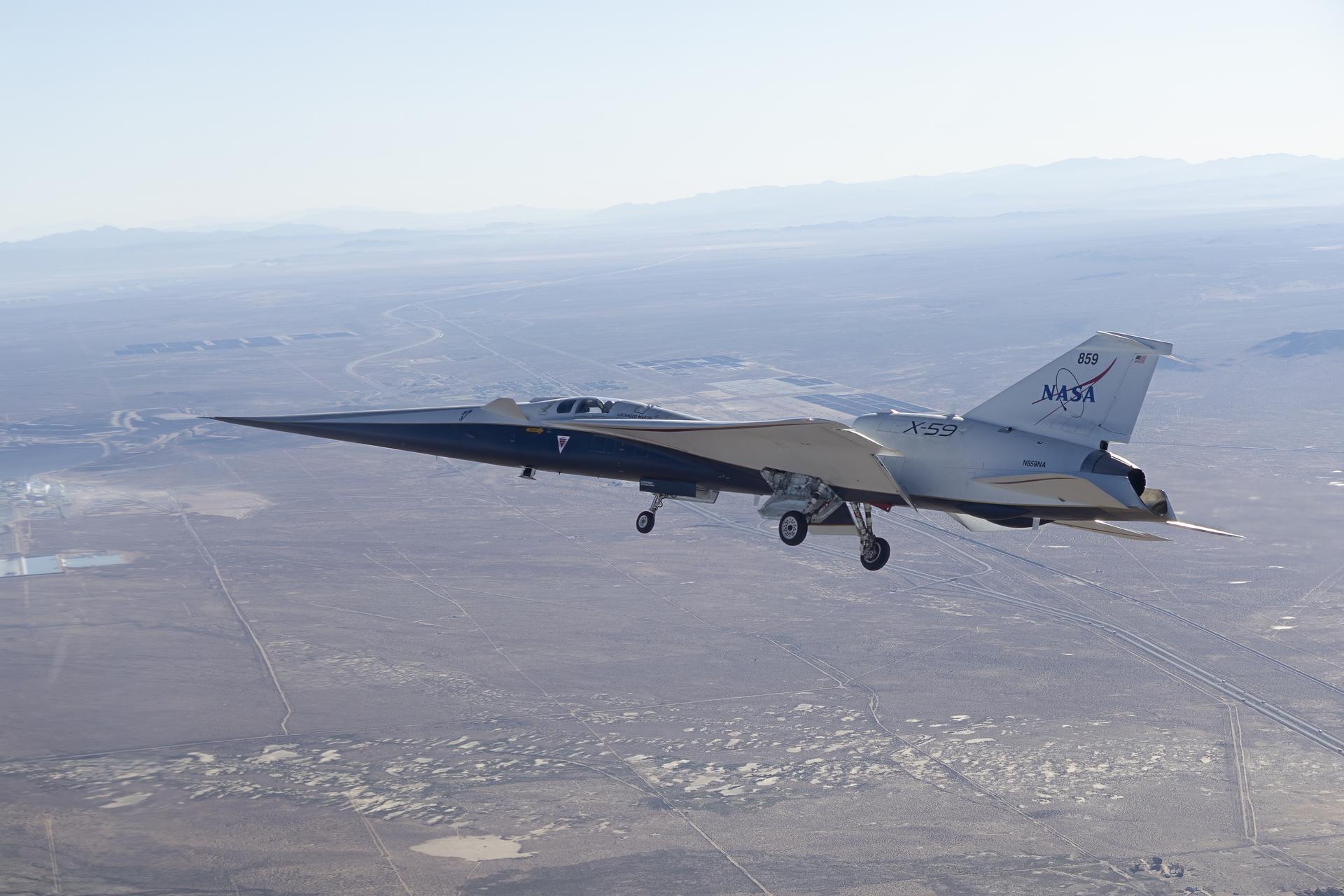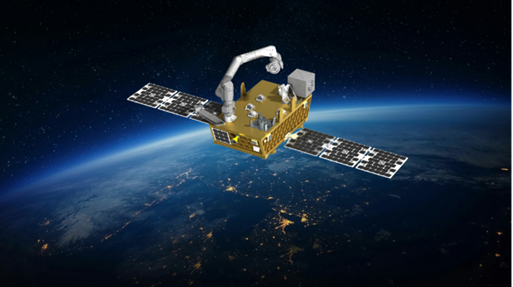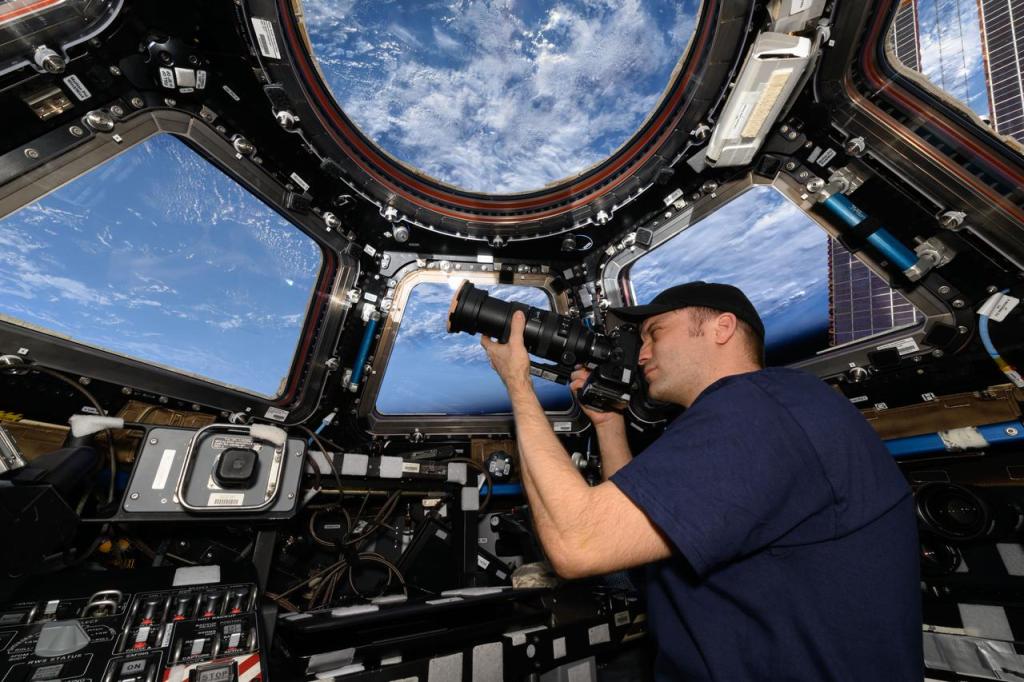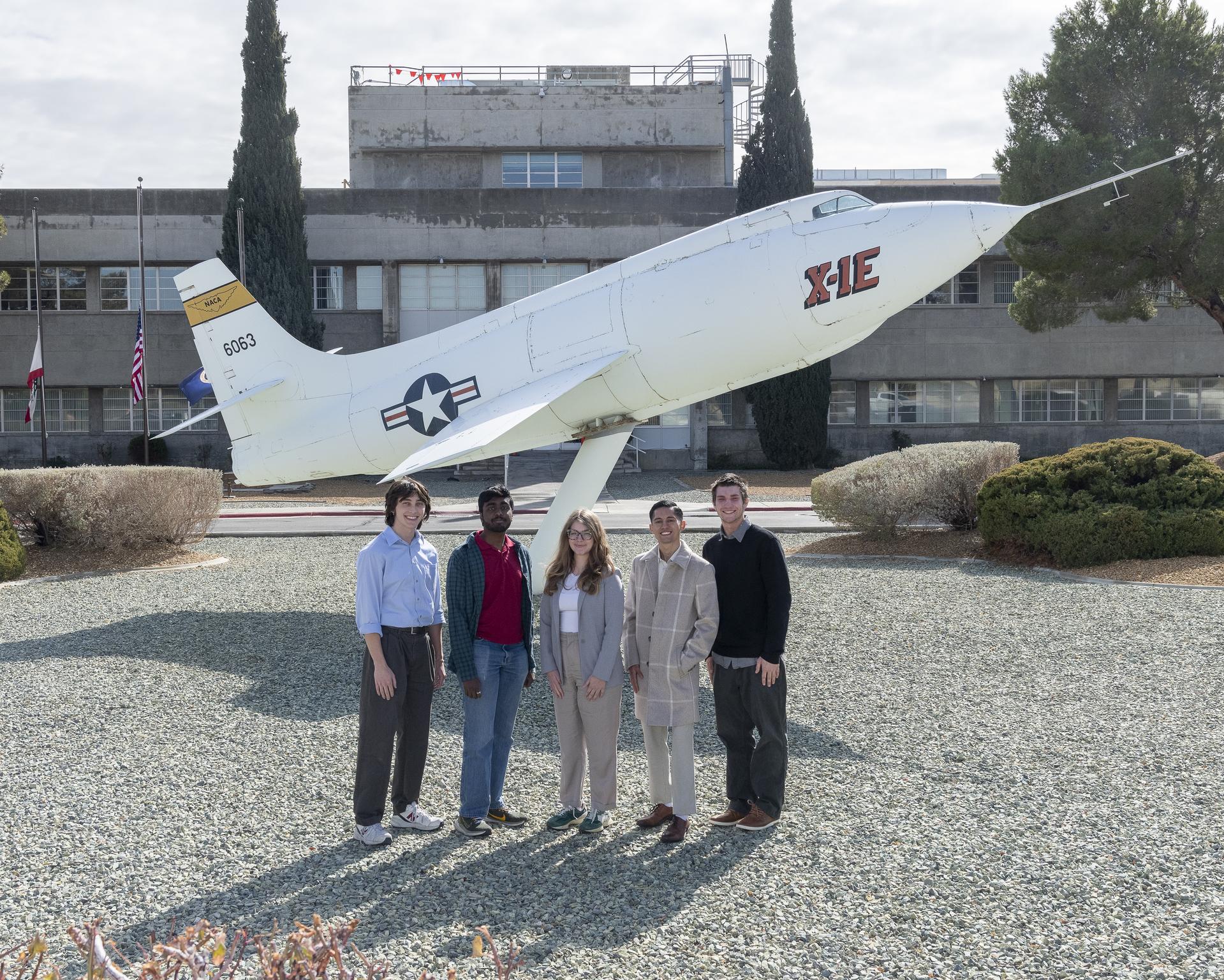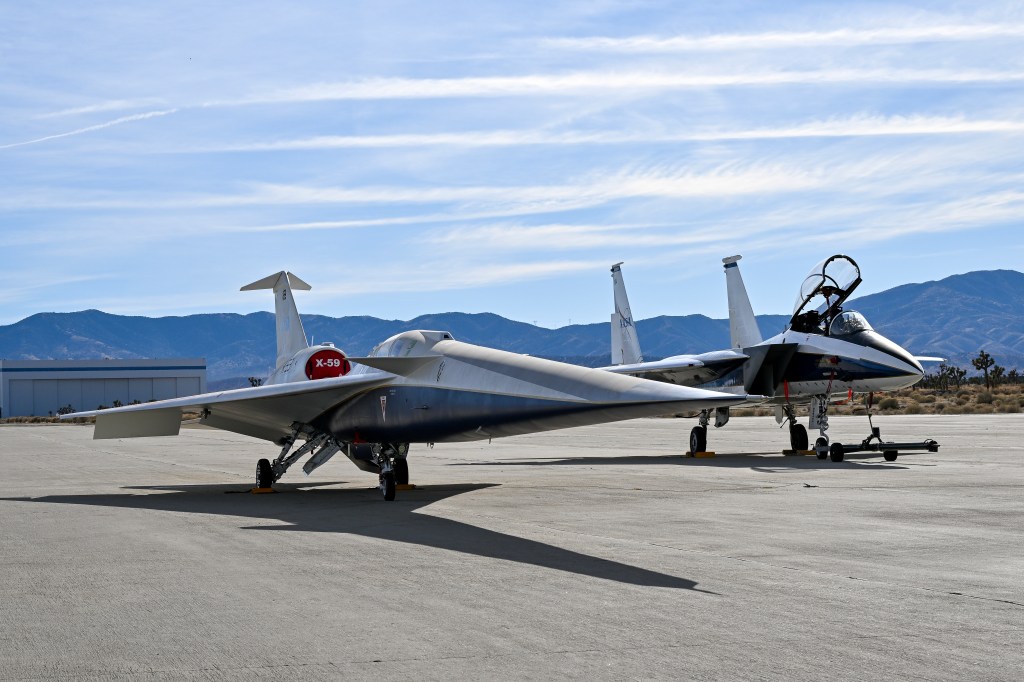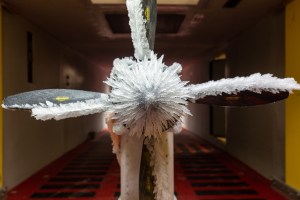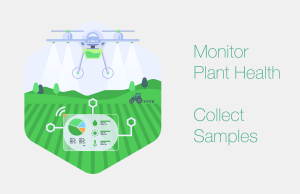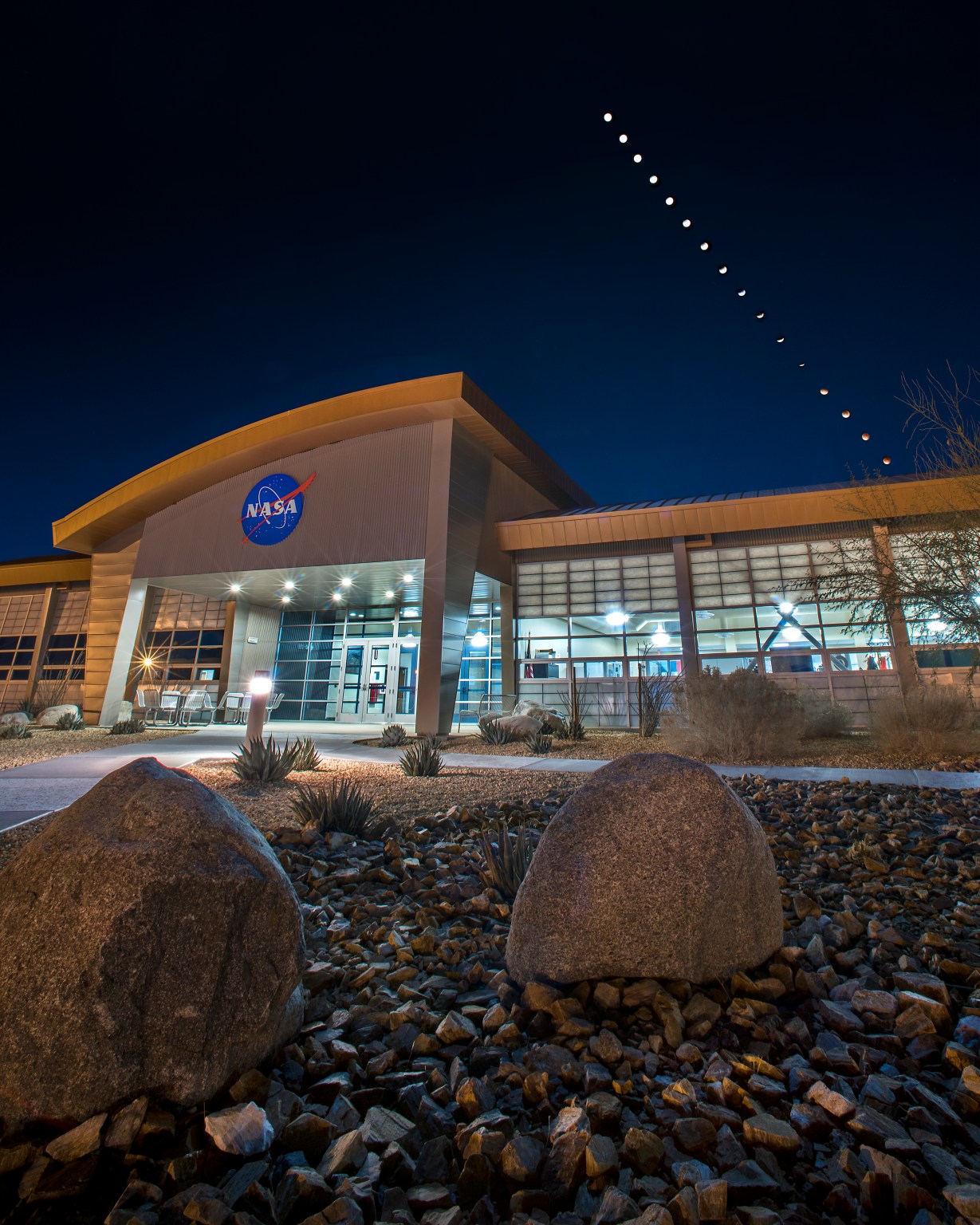A future with advanced air mobility aircraft populating the skies will require the U.S. to implement enhanced preflight planning that can mitigate potential risks well before takeoff – and NASA is working to develop the tools to make that happen.
Preflight planning is critical to ensuring safety in the complex, high-risk environments of the future airspace. Timely, predictive, and up-to-date risk assessment within a single platform makes it much easier for drone or air taxi operators to check flight plans for high-risk concerns.
NASA is working on tools to deliver those services, and in June, the agency and aviation safety company ResilienX Inc. demonstrated how these tools can be integrated into commercial systems.
During a series of tests conducted at ResilienX’s facility in Syracuse, New York, researchers used NASA services that allowed flight operators to submit flight plans prior to departure, obtain risk assessment results, and then decide whether to proceed with flights or change their flight plans and re-assess risks. Allowing operators to perform these tasks quickly reduces the safety risk to flight passengers as well as humans on the ground.
The three NASA-developed services are intended to assess unique risks associated with highly automated aircraft flying at low altitudes over cities.
The partnership was managed under a Phase III NASA Small Business Innovation Research (SBIR) contract, which is an extension of prior work to assess weather-related risks. This collaboration is already leading to direct technology transfer of safety systems into ResilienX’s platform. The partnership is also intended to provide indirect benefits for ResilienX partners and customers, such as the U.S. Air Force and regional operators, helping to advance the overall safety of future airspace operations.
This work is led by NASA’s System-Wide Safety project under the Airspace Operations and Safety program in support of the agency’s Advanced Air Mobility mission. The mission seeks to deliver data, findings, and recommendations to guide the industry’s development of future air taxis and drones.

